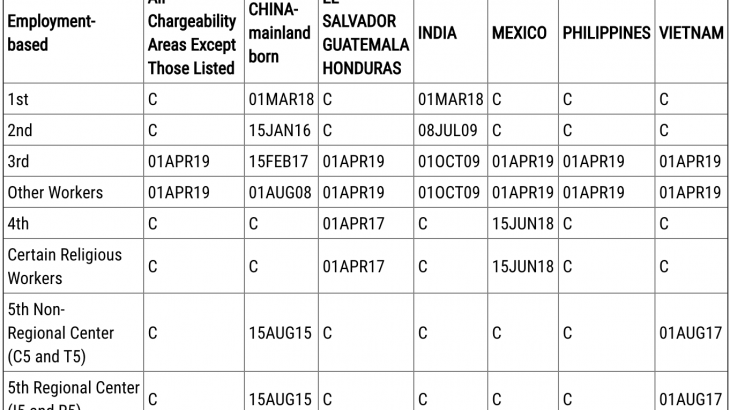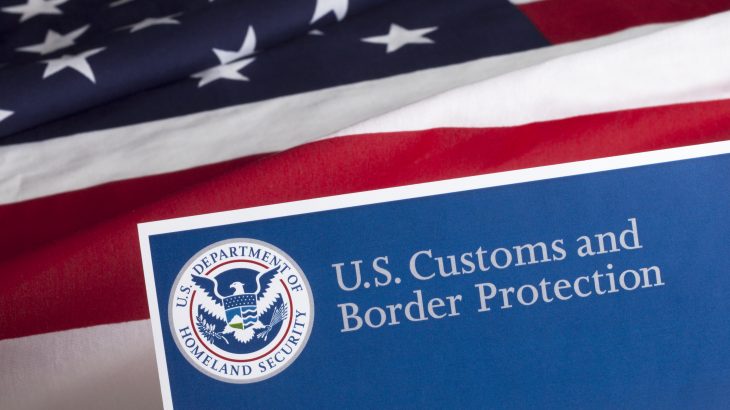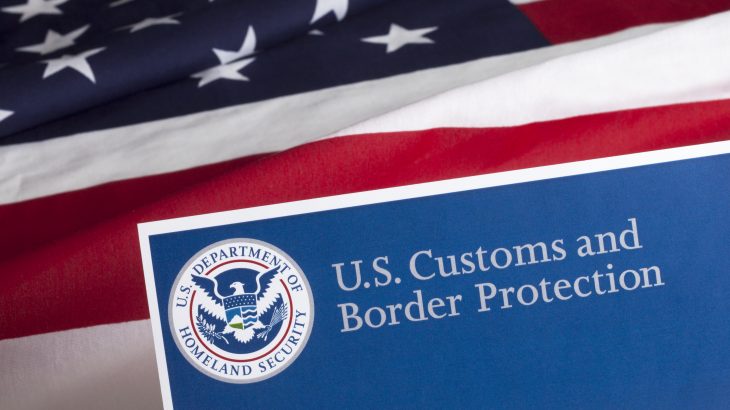While Grenada and Turkey understandably dominate the discussion around the E-2 Visa, other countries also offer a potential pathway to this desirable visa category.
To qualify for the sought-after Visa E2 USA, you must be a citizen of an E-2 Treaty Country. You can find out if your country holds an E-2 Treaty with the United States by checking this list. If your country is not on the list, you would first need to become a citizen of an E-2 Treaty country to qualify.
It sounds complicated, but in reality it can be quite straightforward. At Davies & Associates we have a lot of experience with helping clients through a two-stage process of becoming a citizen of an E-2 Treaty Country then applying for the E-2 visa.
Most of our clients have opted for Grenadian or Turkish Citizenship by Investment (CBI) programs for the simple reason that these countries offer the fastest and most cost-effective routes to citizenship.
Indeed, you could even be living in the US on an E-2 visa within just nine month because processing times for both the CBI programmes and the E-2 visa are very fast. (Covid notwithstanding).
So if it is speed and price you are looking for, then please contact our team to discuss the Grenada and Turkey options. (It should be noted here that both Grenada and Turkey both offer fantastic commercial, educational, and other benefits in their own right. This has been the subject of several other blogs in this feed. Please contact us to discuss this in greater detail).
But for some of our clients, other factors are at play in influencing their motivations, this includes family, education or business interests.
Take the United Kingdom for example. The UK is the oldest E-2 treaty country in the world. In fact, the Treaty dates back over two hundred (200) years. Anyone who becomes an UK citizen is then eligible to apply for the United States E-2 Treaty Visa.
The UK offers an investor visa program which is almost ten times as expensive as citizenship through real-estate investment in Grenada, and eight times as much as a similar type of investment in Turkey.
The United Kingdom also has a much longer pathway to citizenship. A person can claim indefinite leave to remain in the UK after five years and citizenship after six. (Although the time it takes to become a citizen can be reduced if you invest more.)
Despite this, some of our clients prefer the UK route because it makes sense based upon their personal interests and circumstances.
The UK investor visa example is useful for drawing a direct comparison with the Grenada and Turkey programs. But there are other ways to become a UK citizen.
For example, there are British visa categories that encourage start-ups or other types of businesses than can provide a route to citizenship. Starting a business in the UK can be a good springboard for an E-2 business in the United States (or you might wish to consider a new-office L-1 visa instead).
Or there are family-based immigration options. This is one of the more popular routes for our clients. Especially our Indian clients. And this is not limited to the United Kingdom. We have seen clients become citizens of Canada and Australia and then apply for an E-2 visa.
The best thing to do is to check out the list of E-2 treaty countries. If your country is on there, our team can discuss the E-2 process with you directly. If your country is not listed – have a look through the countries that are on there. Determine if you have any connections or interests in any of these countries, and then discuss with our team about whether these are viable options.
The E-2 Treaty Investor Visa allows a person to move to the United States with their family for the purpose of owning and operating a qualifying business. It has relatively low investment requirements, does not create a tax liability on earnings outside the US, and it can be renewed indefinitely. A spouse can apply for work authorization outside of the E-2 business, franchise businesses are eligible, and if you don’t have a business plan in mind, we can help.
Contact us to discuss your personal interests and circumstances.
This article is published for clients, friends and other interested visitors for information purposes only. The contents of the article do not constitute legal advice and do not necessarily reflect the opinions of Davies & Associates or any of its attorneys, staff or clients. External links are not an endorsement of the content.

































